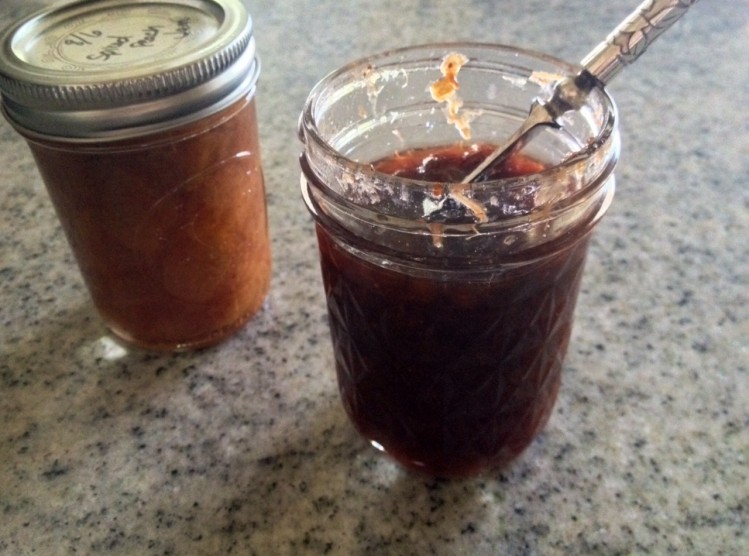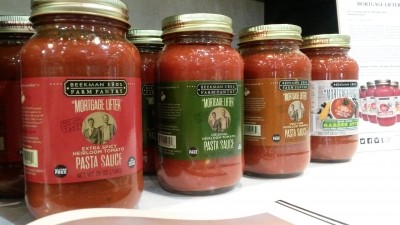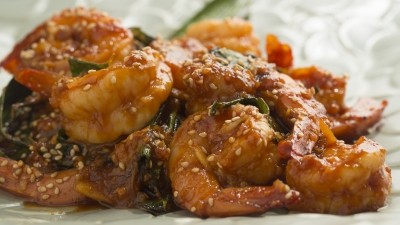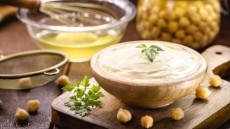Culinary trendwatching
Jams, jellies go beyond smearing on toast

“Right now the food business is really growing and has a lot of excitement,” said Mike Post, 30-year food industry veteran and vice president of sales for Trailblazer Foods. “Consumers are wanting the indulgence of food—it’s more than grape jelly smeared on toast. They’re looking for different ideas for recipe that step outside the box. And that goes for basic trends like consumers mixing grape jelly with a jar of BBQ sauce for a little unique spin all the way up to producing orange marmalade and apple preserves for a global food company that end up in some of their Asian inspired dishes.”
Asian and Hispanic flavors are among the biggest trends impacting jam and jelly product innovation, Post said. And it’s no surprise: the Asian population in the US grew by 45.6% from 2000 to 2010, and the Hispanic population, by 43%. And the growth is likely to continue, with the Hispanic population expected to surge by 167% in the next 40 years, and the Asian population by 142%.
Jams, jellies increasingly seen as a component of a meal
Bold, exotic flavors from these regions such as sriracha, chipotle and habanero chiles, along with guava, passionfruit and mango, are making their way into sauces, marinades and preserves, as consumers are starting to think of preserves more as a component of a final dish rather than something to merely spread on top or add to dessert, he noted.
“Chipotle raspberry and mango habanero are popular combinations we’re seeing right now,” he said. “Pepper jellies are really becoming popular again, too. These are quick and easy ways for consumers to build the dishes that they’re cooking and give that extra punch of flavor without having to go through time-consuming hassle of cooking their own pepper jelly or reducing down fruits into a preserve.”
Post attributes this in part to cooking shows dominating the airwaves—which show consumers the limitless possibilities for almost any ingredient. “They may see a cooking show where the host adds a jar of raspberry preserves to a savory dish and they go, ‘I never thought of that.’”
Millennials willing to pay a premium to indulge
But—like so many of today’s food trends—it’s driven by the growing purchase power of Millennials, he added. “Millennials are driving shopping experience now, and they want to indulge themselves and they’re willing to pay a little more for it,” he said. But “indulgence” is a multifaceted concept for the Millennial consumer—meaning not just bolder, richer flavors but also “better” ingredients.
“We’re seeing increase in organics, seeing increase in products that have cleaner ingredient deck. No corn syrup, they want preserves that are sweetened with sugar. Depending on how strict the products specs are, some customers are even asking for non-GMO ingredients, which takes beet sugar out of the equation.”
But the $1.99 grape jelly jar will always retain a key place on the shelf for the cost-conscious consumer, he added. This is further evidenced by the growing number of private label manufacturers launching organic, non-GMO and clean label product lines, which Post said can really draw the mass consumer into unchartered territory because the pricing is competitive to national brands. (Trailblazer is a key private label manufacturer for Kroger, Safeway, Walmart and Target; and foodservice giants such as Sysco, US Foodservice, Costco Bakery and Cash & Carry.)
“With our retail customers, one of the goals is try to get them to understand and buy into the concept of, ‘you don’t need consumer leaving your store for Whole Foods or Trader Joe’s to buy organic and non-GMO,” he said. Your private label is a reflection of you, and you should be better than the national brand equivalent. And by the way, communicate to the consumer that this product is only available here; they can’t buy it anywhere else.”
















